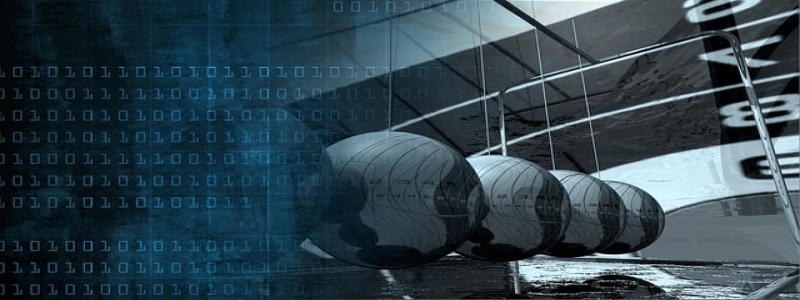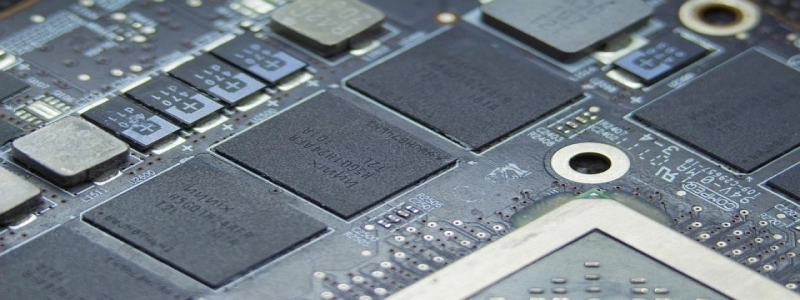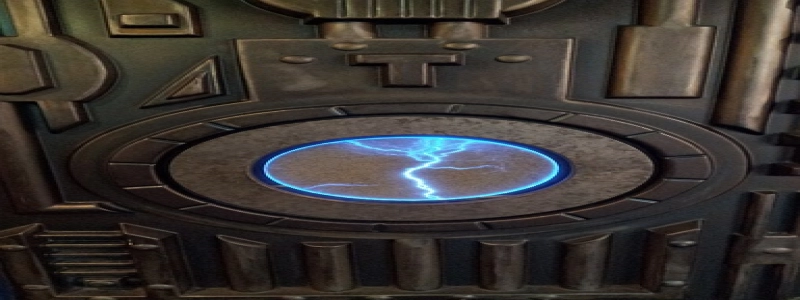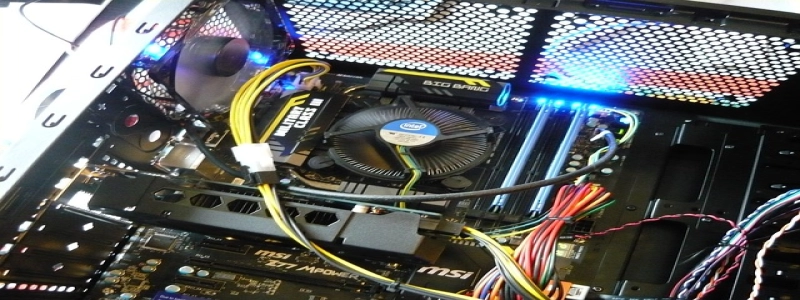Coarse Wavelength Division Multiplexing (CWDM)
Introduction:
Coarse Wavelength Division Multiplexing, commonly known as CWDM, is a technology that allows multiple optical signals to be transmitted over a single fiber optic cable by utilizing different wavelengths of light. This is achieved by dividing the wavelength spectrum into several channels, each carrying a separate data stream. CWDM is considered a cost-effective solution for increasing the capacity of existing fiber infrastructure.
Benefits of CWDM:
1. Increased Bandwidth: By dividing the available spectrum into multiple channels, CWDM significantly increases the bandwidth capacity of a single fiber optic cable. This allows for the transmission of more data concurrently, enabling faster communication speeds and improved network performance.
2. Scalability: CWDM systems are highly scalable, as they can easily add or remove channels without disrupting existing connections. This allows network operators to upgrade their infrastructure gradually, according to their needs, without the need for extensive reconfigurations.
3. Cost-Effectiveness: Compared to other optical multiplexing technologies, such as Dense Wavelength Division Multiplexing (DWDM), CWDM is a more cost-effective solution. This is primarily due to the simpler design and lower precision requirements of CWDM components, resulting in reduced deployment and maintenance costs.
4. Compatibility: CWDM technology is compatible with existing fiber optic cables, making it a favorable choice for network operators looking to improve their capacity without major infrastructure overhauls. CWDM systems can coexist with other transmission technologies and networks without interference.
Components of CWDM:
1. Transmitters: CWDM transmitters are responsible for converting electronic signals into optical signals at specific wavelengths. Multiple transmitters are used for different channels, each operating at a specific wavelength. These transmitters are typically integrated into the network equipment or provided as standalone devices.
2. Multiplexer/Demultiplexer: The multiplexer combines the signals from different transmitters into a single optical signal, which is transmitted over the fiber optic cable. At the receiving end, the demultiplexer separates the different wavelengths and directs them to their respective receivers.
3. Fiber Optic Cable: The fiber optic cable serves as the medium for transmitting the optical signals between the transmitters and receivers. The cable used in CWDM systems is the same as the one used in traditional fiber optic networks.
4. Receivers: CWDM receivers receive the optical signals transmitted over the fiber optic cable and convert them back into electronic signals for further processing. Like the transmitters, multiple receivers are used to differentiate between the different wavelengths.
Applications of CWDM:
1. Telecommunications: CWDM is widely used in telecommunications networks for increasing the capacity and efficiency of data transmission. It enables network operators to provide high-speed broadband services to a larger number of users without the need for extensive infrastructure upgrades.
2. Data Centers: CWDM is utilized in data center networks to accommodate the ever-increasing demand for faster and more reliable data communication. It allows for the consolidation and optimization of data transmission, reducing overhead costs and improving network performance.
3. Metro Networks: CWDM is also a popular choice for metropolitan area networks, where cost-effective and scalable solutions are essential. It enables network operators to seamlessly integrate new services and support the growing traffic demands of urban areas.
Conclusion:
Coarse Wavelength Division Multiplexing technology offers numerous benefits for increasing the capacity and efficiency of fiber optic networks. Its cost-effectiveness, scalability, and compatibility make it a viable option for various applications, including telecommunications, data centers, and metro networks. CWDM continues to play a significant role in the advancement of communication technologies, providing reliable and high-speed data transmission solutions.








